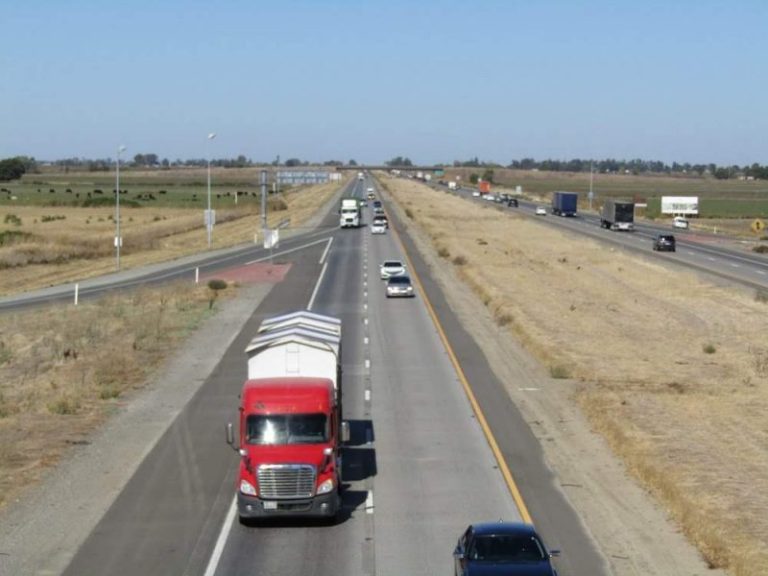Tips for Avoiding Head-on Collisions
In the greater Phoenix area, only 2,000 head-on collisions occurred out of hundreds of thousands of incidents, making these crashes fairly uncommon. That means that only one percent of accidents were head-on collisions in the area.
However, these accidents are more likely to cause serious injuries or fatalities. Since more than 36,000 injuries statewide as a result of car crashes in 2018 alone, some of them head-on accidents in Arizona, drivers must be aware of these serious incidents.
If you’ve already been involved in an auto accident, contact our Phoenix car accident attorneys at ELG. Our team of auto accident lawyers in Arizona is here to help you safeguard your legal rights.
Common Causes of Head-on Collisions in Arizona
Distracted driving is one of the most common causes of serious head-on accidents, particularly texting while driving in Arizona. Driving under the influence of alcohol, drugs or other medication is another common cause. If you’re on medication, verify with your doctor that it is safe to continue operating your vehicle. Always make sure that you have a designated driver if you’ve been drinking – don’t drink and drive, even if you’ve only had one drink.
From speeding to tailgating or weaving in and out of lines, reckless driving can also lead to head-on incidents. If another driver on the road is behaving aggressively, avoid responding in kind. Stay cool and collected when you drive, and report any of these drivers you see on the highway. Preventing injuries to yourself and to others is the most important step. Once you’re safe, call the police. Let the authorities know that an impaired driver is driving in your area.
How to Avoid Head-on Collisions
 You can stop most head-on collisions by driving defensively and reporting impaired, reckless, or otherwise dangerous drivers.
You can stop most head-on collisions by driving defensively and reporting impaired, reckless, or otherwise dangerous drivers.
First, holding wrong-way drivers accountable by reporting them when you see them is vital, as many head-on collisions are caused by wrong-way motorists. Aside from reporting wrong-way incidents to authorities, take pictures, record audio, turn on your dash camera if you have one, and file a police report. Furthermore, remember to take note of the injuries and call the authorities as soon as possible.
Finally, you should contact your attorney. Talking to an attorney sooner rather than later will help keep the incident and your injuries fresh in your mind. This will increase your chances of receiving compensation for your injuries, or from your losses in a wrongful death suit if you’ve lost a family member.
Auto Accident Lawyer in Phoenix
Knowing how to prevent head-on collisions is important. If you drive defensively on the road, you decrease your chances of an accident. But if you sustain injuries in a head-on crash, contact your auto accident attorney as soon as possible. Your lawyer can work as your liaison with insurance companies and help you maneuver the facts of your case, allowing you to recover from your accident.
If you’ve been injured in a car wreck, contact our Phoenix auto accident lawyers at ELG today. Call us at (623) 321-0566 for a free consultation.
Law News Feed
All NewsWho Is Liable for Damages After a Truck Accident?
According to information from the National Highway Traffic Safety Association, more than 2,500 truck accidents occur each year in Arizona. It goes without sayin…
Common Injuries After a Motorcycle Accident
Motorcycle accidents kill or severely injure individuals more frequently than any other type of crash, resulting in immense amounts of suffering and financial d…

